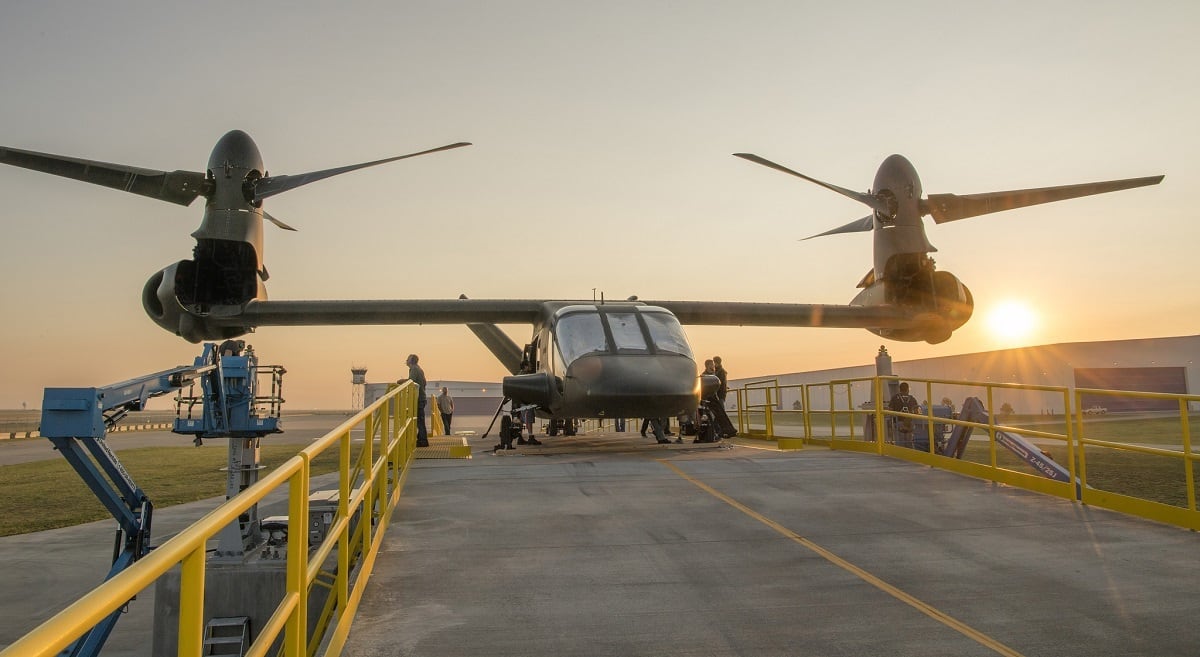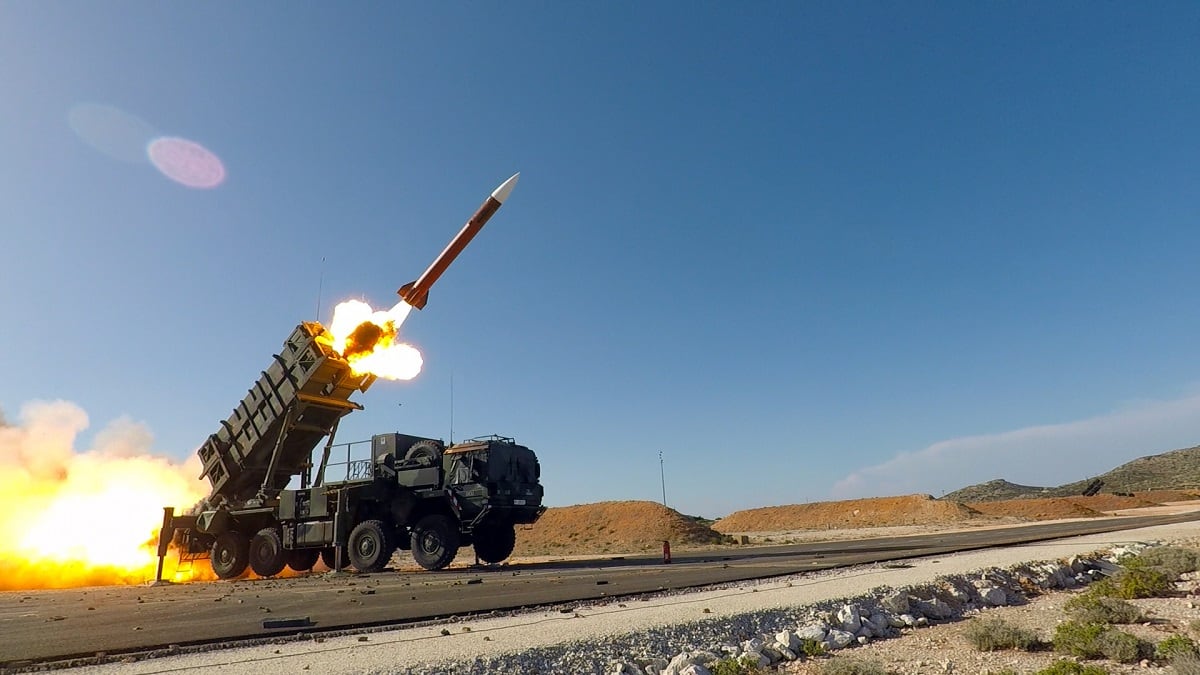After two decades of ups and downs, the Army is preparing for its biggest base budget in history. The service is staring down the end of Congress’s latest continuing resolution, but if a budget deal becomes law at the end of March, the Army is preparing to use the extra $6.5 billion it would get in this year’s latest proposed budget.
Those extra funds would likely go straight into the Army’s modernization plans, Lt. Gen. Thomas Horlander, the military deputy to Army’s comptroller, said Wednesday.
“We’re posturing ourselves to take an increase in our top line,” Horlander said. “If we get what we would like in the increase in ‘18, much of it is in our modernization account.”

Waiting half of a fiscal year to find out whether a funding boost is coming isn’t the preference, he said.
“Obviously, it’s not ideal, when you get a funding decision — and funding deal — late in the year.” he said. “But I’ll tell you, when it’s an increase, it’s greatly appreciated.”
President Trump’s fiscal 2019 budget proposal looks to build on that increase, kicking the Army’s budget up from $175 billion this year, if the proposed 2018 budget passes, to $182 billion next year.
While the budget is trending downward from the height of the Global War on Terror, when the Army was working with more than $250 billion a year, its base budget is higher than it’s ever been at $148 billion, when you factor out overseas contingency funds.
Just over 60 percent of that is allotted for military personnel programs, including a 2.6 percent pay raise, and a gradual uptick in Army end strength. The service is slated to add 7,500 to the active component and 500 to the Reserve in 2018, followed by another 4,000 active in 2019.
RELATED

A request for $2.6 billion more in the military personnel account will cover not only recruiting and retention of more soldiers, but their training and sustainment.
“It’s not just about recruiting bonuses and retention bonuses — it also has a lot to do with our institutional Army, our training base,” Horlander said. “It’s between two and three billion more over the next two years. Some of that, not all of that, contributes to end strength growth.”
Despite operation on a fifth continuing resolution in a row, and two short government shutdowns since the year began, Horlander said he’s optimistic about where Army funding is heading.
“I would tell you now, I think we’re in a much better place financially than we have been in a while,” he said.
Meghann Myers is the Pentagon bureau chief at Military Times. She covers operations, policy, personnel, leadership and other issues affecting service members.




